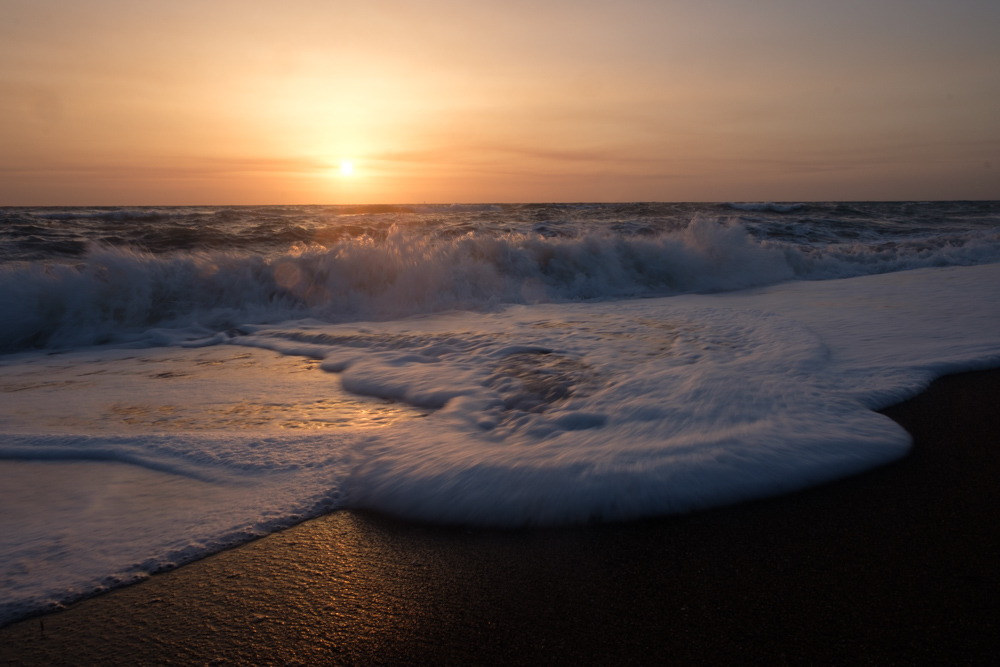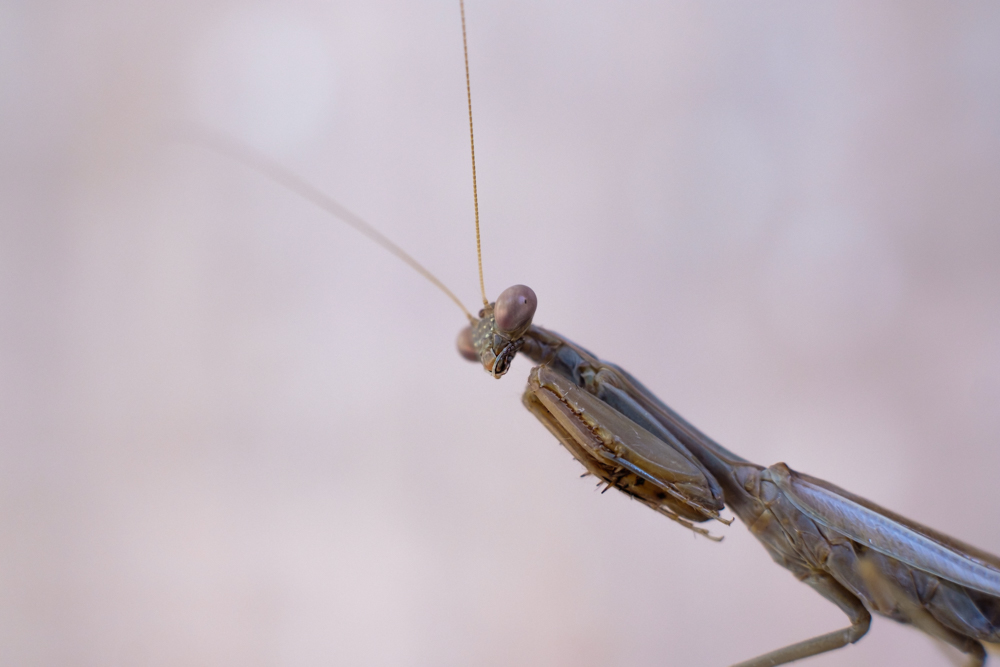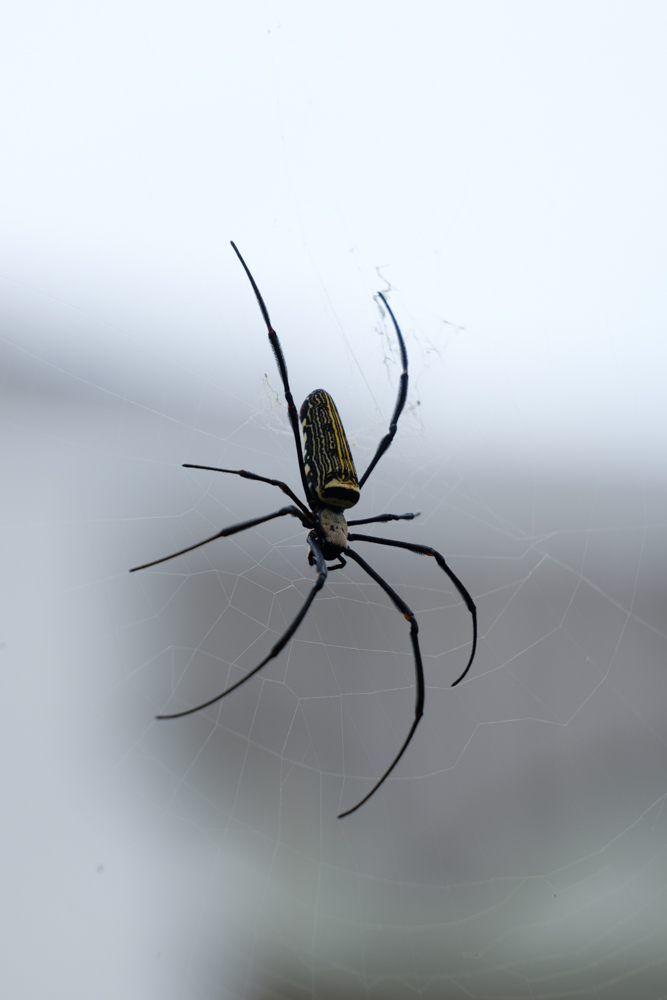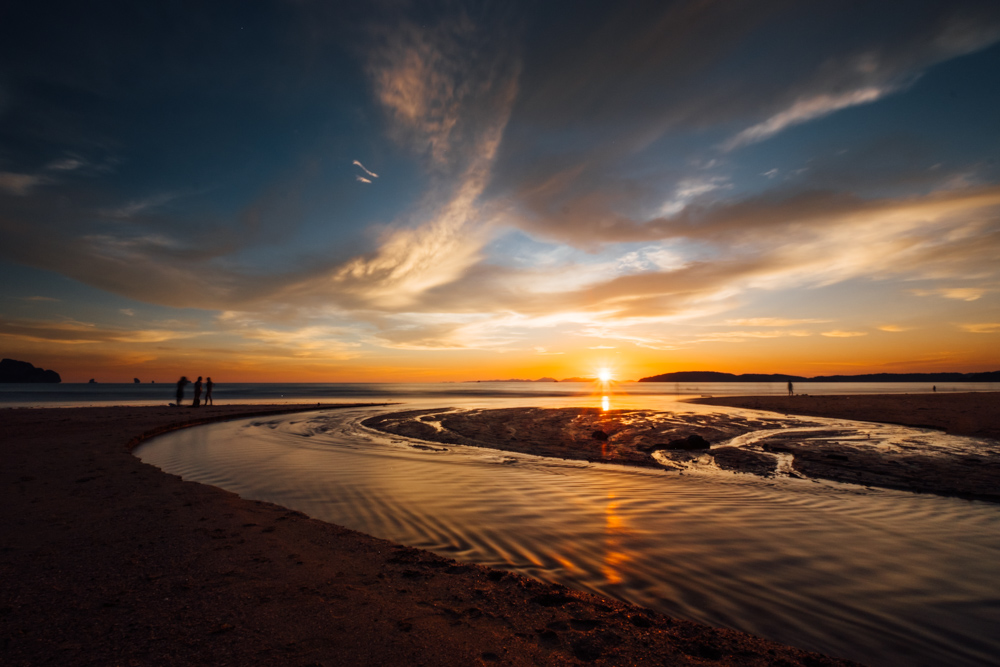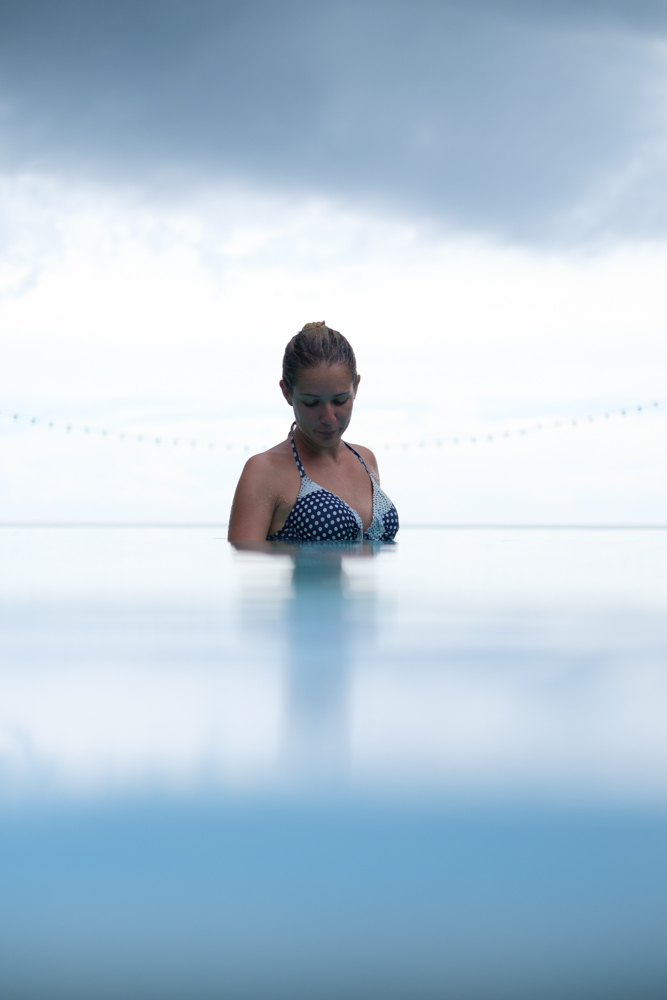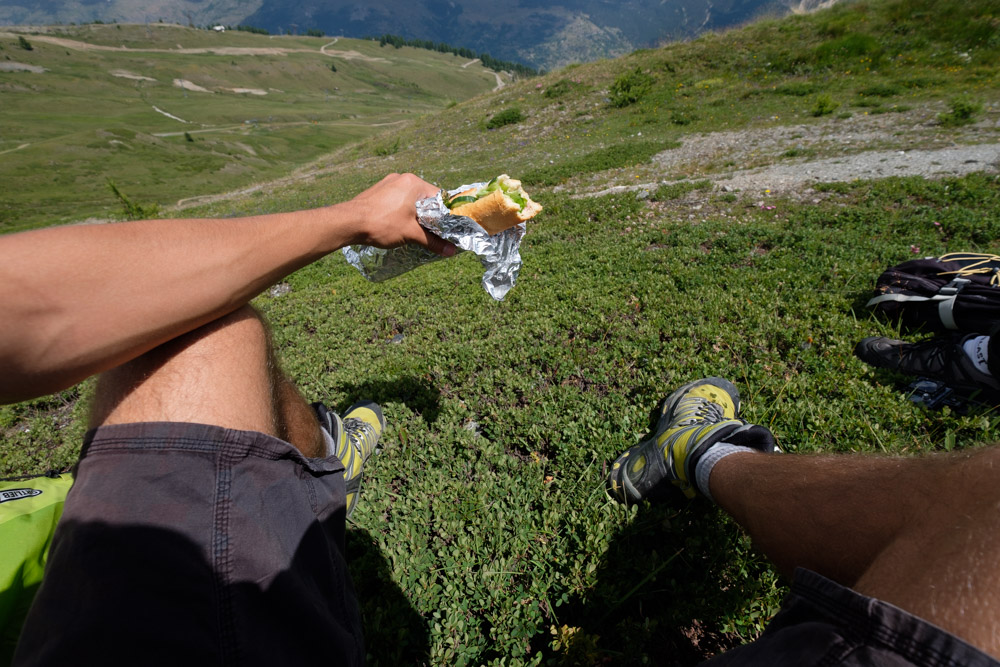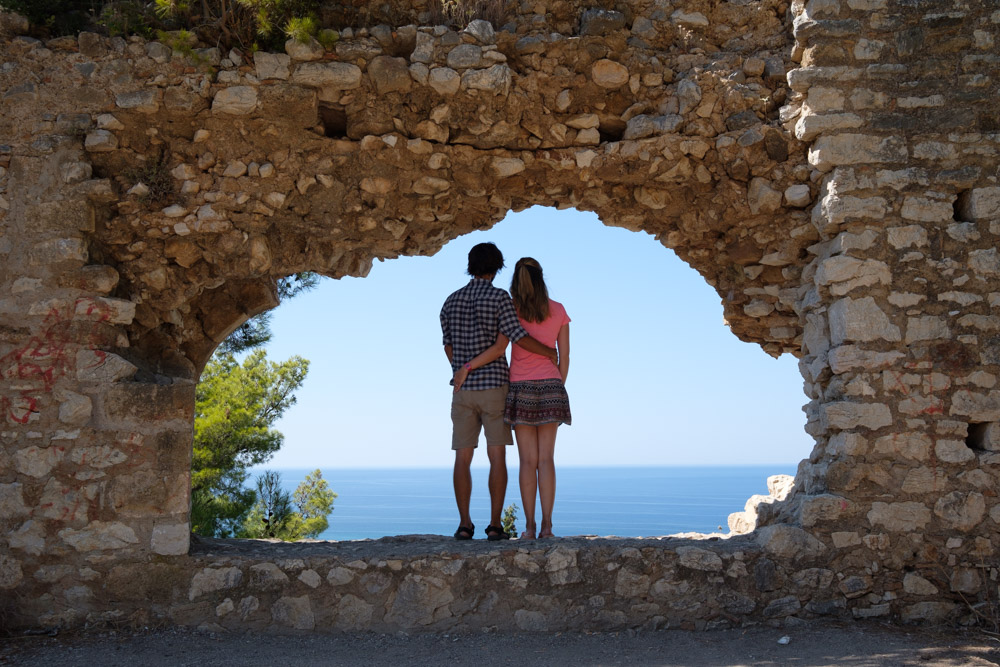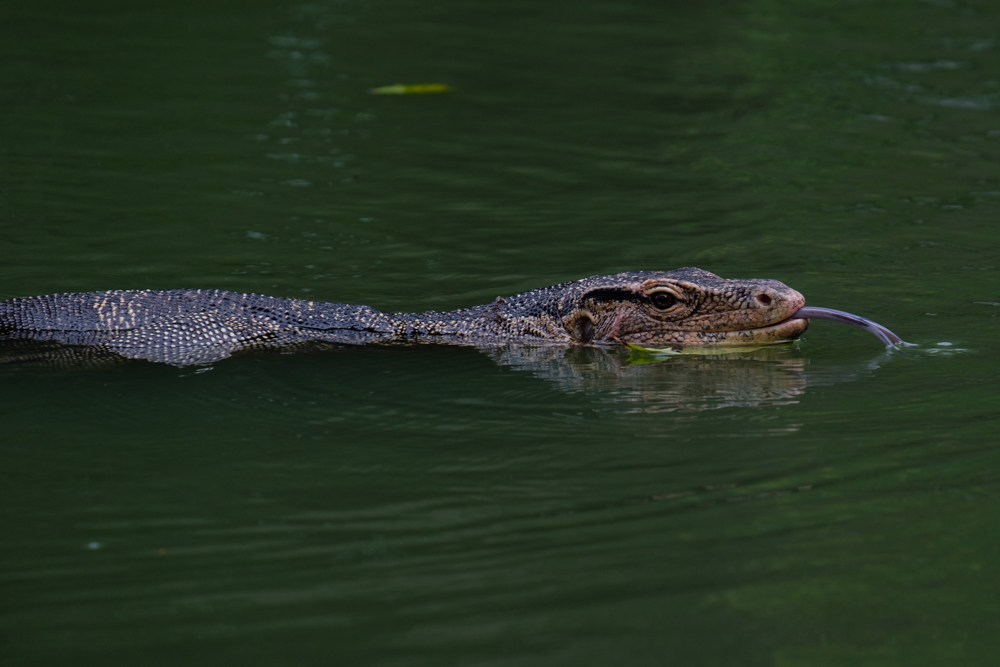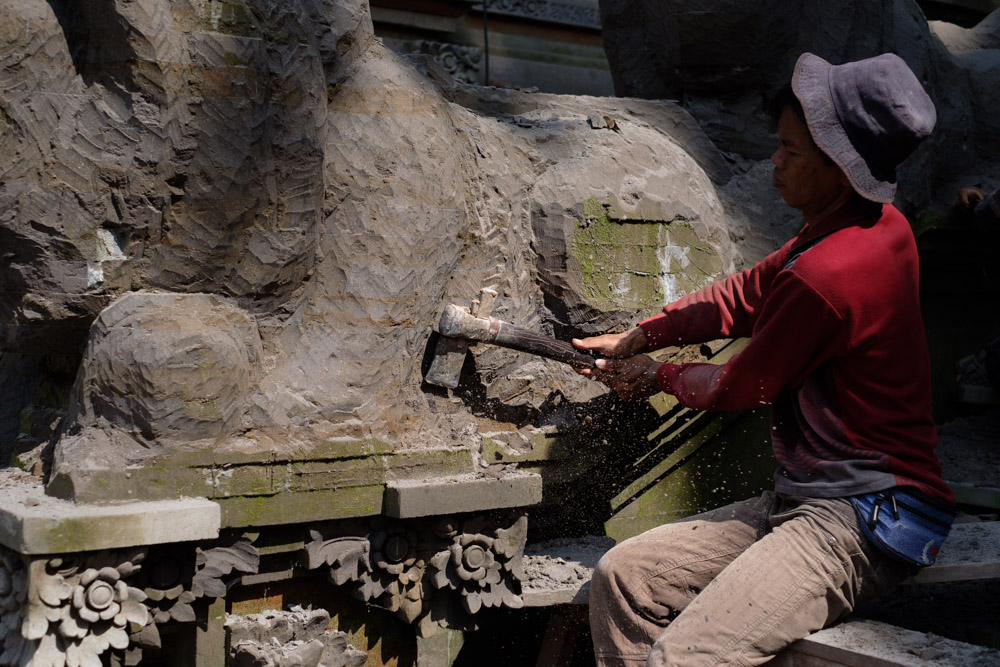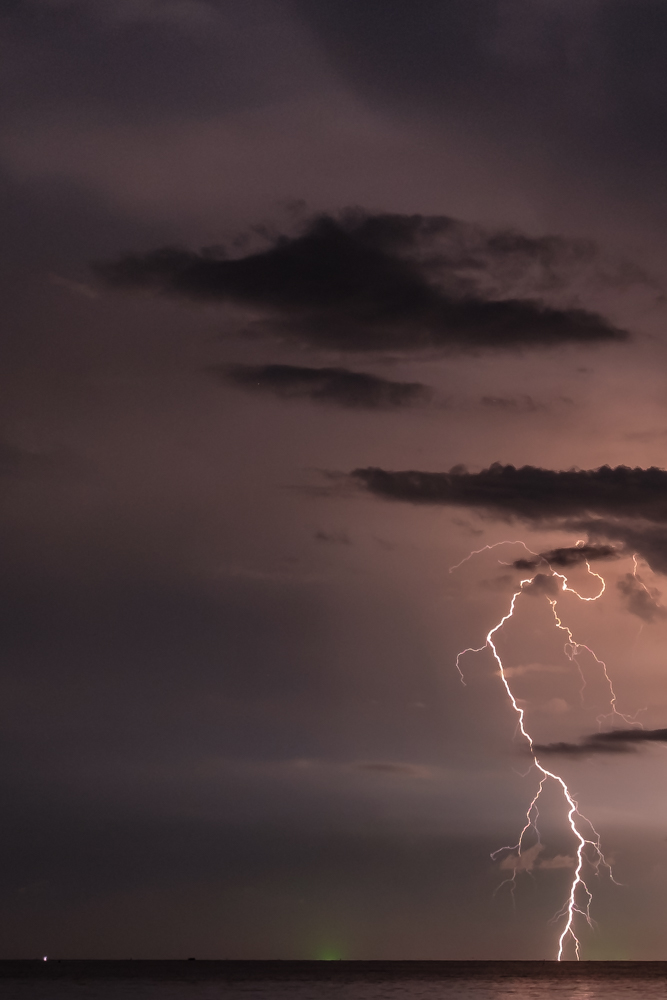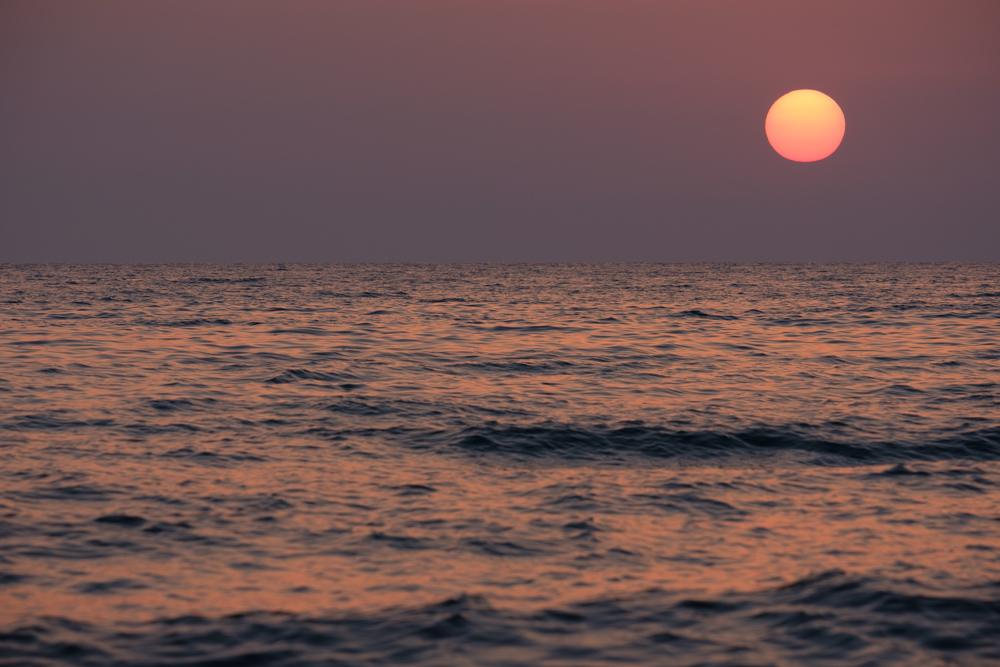I spent a long time thinking about what kit to take travelling, how to carry it all and how to best use it. I read many blog posts, articles and researched into different products.
In this two part guide I want to talk about the kit I ended up taking and how I carry it, all the way through to how I store and manage the images. Many posts discuss only one part of the process so it's hard to get an idea of what the person does after they've taken the photos. This isn't meant as an all encompassing guide, more of a guide to what works for me. You'll likely find that something different works for you but you might find some ideas from my kit and workflow.
In this first part I'll discuss the gear I've got with me and why each piece earned its space in my bag. I'll highlight at this stage that we are travelling with only one carry on size bag each. Which means each item in my bag has a good reason to be there, not just my camera kit.
I decided early on that I would take some sort of interchangeable lens camera and at least a couple of lenses despite the self imposed limit of a carry on bag. I'd tried taking only a compact camera on previous trips and while it was convenient and I got some great images, I was left wanting more. More direct control, more lens choice, better ergonomics.
What I ended up packing:
Camera & Lenses
Accessories
- Cullmann Neomax 240 travel tripod
- Tenba BYOB 9 bag
- Peak Design Slide Lite strap
- Giottos Q.Ball air blower
- Tenba 16-Inch Messenger Wrap
- Neewer Fish Bone Style area swiss adaptor plate
- Hoya 72mm Circular Polarizing Filter
- Hoya 72mm 10 stop ND filter
- 2 Ex-Pro Fuji NP-W126 compatible batteries
- Neewer dual battery charger for NP-W126 batteries
- K&F Concept step down rings for filters
- K&F filter pouch
- Yongnuo RF-603 triggers & cable
Camera Body
I was previously using a Canon 60D and a few lenses but was wanting to upgrade and used a trip around the world as an excuse to do so. It took a long time to settle on a camera body and selection of lenses but in the end I settled on the Fuji X-T2 because of its mix of features. I wasn't initially sold on the retro styling but was lured in by the physical controls it gave you over nearly every aspect of taking a photo.
I've grown to love the way you have direct and independent control over shutter speed, ISO and aperture without selecting a different mode or going through menus. I also often use the exposure mode dial to adapt to different lighting situations, again without having to go through a menu.
You could use whatever camera body you have, something you're familiar with is better than learning a new body on the road. I'd probably think twice about lugging a full frame camera around though, unless photography is the main activity of the trip then have at it.
I'd certainly recommend looking into mirrorless cameras like the Fuji X-T2 and other APS-C sensor cameras as well as the micro four thirds bodies.
Lenses
Almost a tougher choice than what body to take was what lenses to take. I wanted to cover all my bases without going overboard and being too heavy. I weighed up the options between zooms and primes, between one 'travel' lens and a couple of 'normal' lenses.
I decided against an 'all in one travel zoom' because for me it proves to be too much of a compromise. It might be lighter than the multiple lenses needed to cover the same focal lengths but with a travel zoom you have all that weight on all the time. A single smaller lens would be lighter and can be swapped when needed. Then there's the image quality, which I'm sure would be good enough, but I'm not aiming for good enough. I've stretched and bought a Fuji X-T2 and I want some good glass in front of it.
Instead I decided to take three lenses;
1. Standard kit lens – 18-55mm
2. Super wide – 10-24mm
3. Telephoto zoom – 55-200mm
That's a lot of lens to carry around for a year, I know. But I like to photograph all manner of subjects and don't have a favourite focal length like some people seem to have. I use whatever I need to get the image I want. I love shooting wide and forcing perspective or getting all of a landscape and I love zooming in and photographing wildlife or compressing perspective.
Most people would probably be fine with just taking their standard kit lens and that does provide a very useful range. I probably used the 18-55 around 70% of the time and only pulled out the other two when I wanted to go out specifically to take photos or I knew a situation would lend itself to using a wide lens or a telephoto. For example; I knew that we would be taking a sleeper train in Bangkok, which would be cramped, so I put the 10-24 lens on and put the rest in my bag.
A month into our trip I weakened and ordered another lens, a 35mm F1.4, which now remains on my camera nearly all the time and I rarely use the 18-55. What you lose in focal length options you gain in aperture options. For me the ability a 35mm 1.4 gives you to control the depth of field easily outweighs the loss of ability to zoom.
Since getting a prime again I can see the appeal of just travelling with one or two prime lenses or a camera like the Fuji X100. Somehow the restriction to one focal length is so freeing and forces you to pay attention in a way that shooting with a zoom lens doesn't. In fact, in hindsight I probably could have managed quite happily with a Fuji X100F with the wide and tele converters. I'd miss out on the true wide and long focal lengths but that set up would probably have captured 90% of what I've taken with my X-T2 and crop of lenses – all in a much lighter package!
That said though I am glad to have the flexibility of a proper selection of lenses and would definitely miss them if I didn't have them. Though I will be looking into picking up another prime lens or even a fixed lens camera when we finish our travels!
Tripod
I debated for a long time whether or not to pack a tripod as it would take up a lot of space and a large chunk of our carry on limit. I did more research than any sane person should into tripods to find one that was light but not complete crap.
I already have quite a light tripod, at just over 1.3kg my 3LT Rick is sold as a travel tripod but this was still too heavy for me to carry around the world for a year. I searched and searched, ruling out nearly every available option as either too heavy or too flimsy and cheap. I considered butchering my existing tripod and removing leg sections or buying a lighter head. Eventually I found the Cullmann Neomax range, which is a ridiculously lightweight range of tripods aimed at small mirrorless and compact cameras. My X-T2 and lenses are certainly on the upper limit of what this tripod can handle and it's not perfect but it's so light I don't mind carrying it around all day on the off chance I might use it.
Other Bits & Pieces
- Tenba BYOB 9 bag
- Peak Design Slide Lite strap
- I used to use a Black Rapid strap and while I still think they're very good straps I wanted to try out the Peak Design system when I bought the X-T2 because I liked the way you could attach/detach it quickly and the flexibility it gives over the ways to hang your camera. It also allows me to keep a tripod plate on my camera, which I couldn't with the Black Rapid set up I was using (I know there is an adaptor available). I've found it a very nice option, though the Black Rapid copes better when using it for anything where you need to keep the camera still on the strap like scrambling or riding a bike as you can lock it in place on the strap and with the optional under arm strap you can stop it going anywhere. The Peak Design Slide Lite strap does look a bit more 'normal' though and is less bulky which is why I favoured it for this trip.
- Giottos Q.Ball air blower
- What can I say, it's a smaller version of the venerable rocket blower.
- Tenba 16-Inch Messenger Wrap
- A super flexible protective wrap that can house my camera and attached lens when I need to put it in a bag or fold flat when I don't. It's thicker than I expected and provides a good level of protection. The 16-Inch size can accommodate any of the lenses while attached to the Fuji X-T2, though the 55-200 must have its lens hood reversed.
- Neewer® Fish Bone Style area swiss adaptor plate
- An adaptor to allow me to use the Peak Design tripod plate with the Neomax tripod. Simple and very lightweight. Includes a bubble level that I never use.
- Hoya 72mm Circular Polarising Filter
- I previously had and sold a polariser when I had my Canon kit as I rarely used it. This is a filter you can really replicate in post-processing so I decided it would be one of the two filters I would carry around the world to make use of it with all the amazing landscapes I hoped to see.
- Hoya 72mm 10 stop ND filter
- Buttery smooth water, streaky clouds; a long exposure beast
- 2 Ex-Pro Fuji NP-W126 compatible batteries
- Highly rated 3rd party batteries. You can't have enough batteries. If we weren't trying hard to keep weight to an absolute minimum I would take 2 more!
- Neewer dual battery charger for NP-W126 batteries
- This took ages to find, but it is lighter and smaller than the Fuji battery charger. It uses USB and can charge two batteries simultaneously – perfect.
- K&F Concept step down rings for filters
- Step down rings mean you can just buy filters to fit your biggest lens filter thread diameter (or lens you intend to buy) and then attach these to fit the filters onto smaller lenses.
- K&F filter pouch
- I used to carry the few filters I had in their original hard plastic case but this small 3 filter pouch fits my 2 filters and step down rings in a nice small package.
- Yongnuo RF-602 triggers & cable
- I considered not bringing these as a self timer does almost the same thing with no extra weight. But these give more flexibility and have allowed me to take group shots with greater control and to time shots of me and Nikki jumping etc. They also mean you don't have to rush back into frame and can be used to take shots from very far away.
- Sandisk memory cards
- My camera has two card slots so I've got a 64GB and a 32GB in the camera and a 16GB spare in the bag (I also have another 32GB card in a backup RX100 if things get desperate). The two primary cards are 'Extreme Pro' and the spare is one tier below. Don't cheap out on cards; buy fast, high capacity cards from a well known brand.
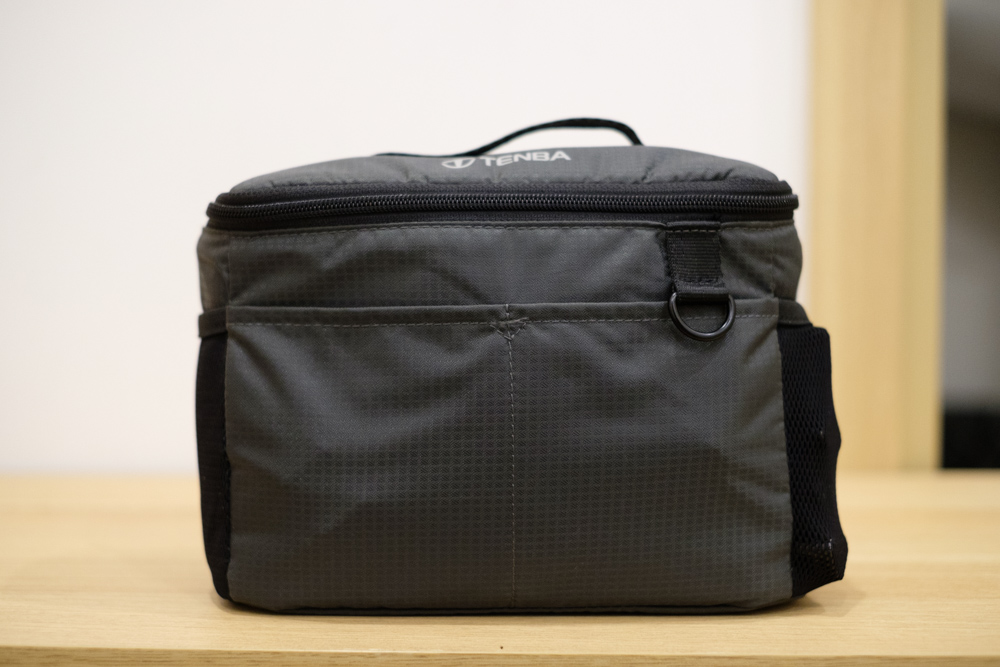
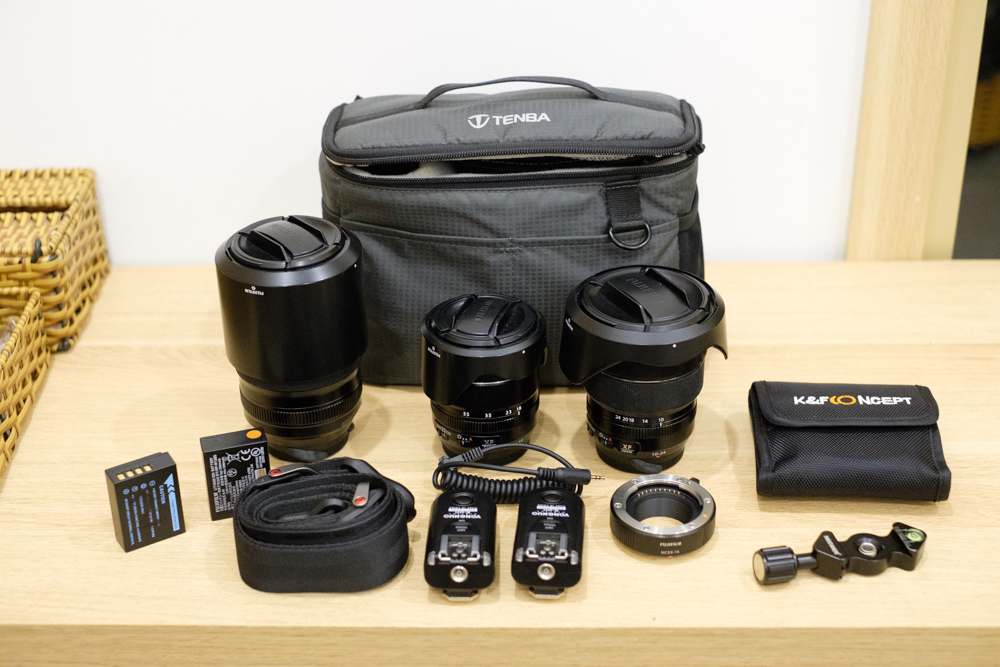
So that's all the kit I'm using covered. As I said above, this list will be different for everyone and usually less is more. Four lenses is a lot of weight and money to tote around and the other accessories add up too. Consider how you prefer to shoot and where you'll be going. If you're going on a safari in Africa you'll probably want a massive telephoto and monopod/tripod but if you're going on a trip around Europe and visiting many cities then you might just want a standard zoom and/or a wide angle.
Something I did before deciding on what lenses to buy and pack was to look back over all the images I'd taken from 2012 to now and look at what focal lengths most of those images were shot with and also what focal lengths most of my own favourites were shot with.
My camera kit (and laptop) accounts for nearly all of my bag weight, at around 6-7KG. You have to consider how important each piece of equipment you pack is to you getting shots you're happy with.
In part 2 I'll go through what I do once I've got the photos on the card and how I import, process and store the images.
